Blueberries on the windowsill: growing all year round

Blueberries have special flavoring characteristics and beneficial medicinal properties. More and more people are growing this vegetation on windowsills at home. Today we will talk about which varieties are better to choose for this, how to properly care for such a culture at home.


Varieties
To begin with, we will analyze which varieties of blueberries can be suitable for growing in an apartment on a windowsill.
- Bluecrop. This species is considered absolutely unpretentious to care for. It can easily withstand prolonged droughts. In addition, Bluecrop is resistant to various diseases and pests. The variety boasts excellent taste.
- Patriot. This species ripens in the middle or at the end of July. He prefers well-lit places and should be grown in containers with light soil. But even on damp soils, it will be able to grow fully.
- Sunrise. This variety ripens by the end of July - beginning of August. It should be grown on well-lit sides.
- Elizabeth. This variety is dessert. It will be perfect for propagation by cuttings.
- Toro. The variety begins to ripen by the beginning of August. Toro is a frost-hardy species.

How to plant?
Now we will take a closer look at how to properly plant blueberries at home. Before proceeding directly to planting, it is necessary to prepare seed material, soil mixture and containers.
For blueberries, it is best to choose special pots for growing seedlings. All these containers must be pre-rinsed with running water. It is also recommended to treat them with a soda solution.

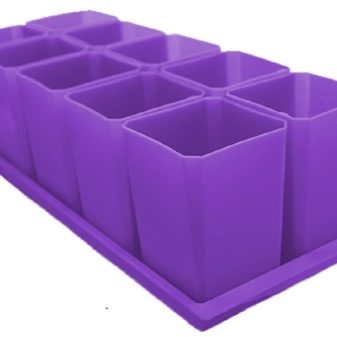
A drainage layer is laid at the bottom of each such pot (it can be made from pebbles, sand or rubble). Its thickness should be at least 5-7 centimeters. Simultaneously with this, you can start preparing the soil mixture. For this, land is taken from the garden (40%), chips and sawdust (60%) are added to it, and a little crushed pine bark can also be added there.
The easiest way to plant blueberries is as seedlings. But it is still recommended to plant with seeds, because this method will allow you to grow the fruits you like, if the variety is unknown. In addition, it will be possible to get a completely new variety.
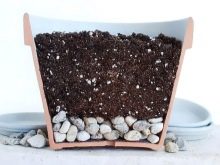
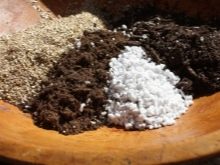
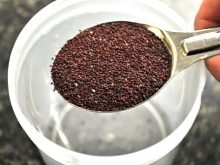
For the selection of seed material, only the ripe and healthy fruits are selected. They are gently kneaded with hands and then washed under water. Those seeds that have settled to the bottom are taken and dried on a damp towel or on a napkin.
After that, the seeds can be stored in paper bags for another 10 years. Fresh seeds can be planted in the same summer. The material must be stratified within three months. This procedure will increase germination and vitality.
When stratification is carried out, the seeds must be placed on a dampened cloth. In this form, they are placed in plastic bags and sent to the refrigerator. The temperature there should be in the range of 4-5 degrees Celsius. To protect the material, it must be pretreated with antifungal agents.
Throughout the entire period of stratification, the seed material will need to be regularly ventilated and moistened. It shouldn't dry out.
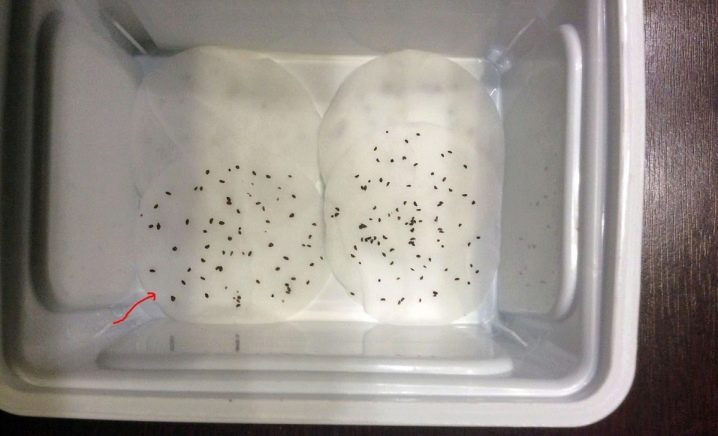
When planting, the previously prepared soil mixture is poured into pots. It is neatly leveled in containers, and then well moistened. Seeds are distributed on the surface of the earth, they are slightly pressed.
All this is sprinkled a little with a soil layer. From above, the material is slightly moistened with a spray bottle. All pots are covered with a special protective film. You can also use plain glass. In this form, pots with seeds are placed on a windowsill or balcony on the sunny side.
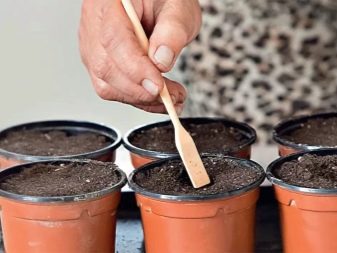
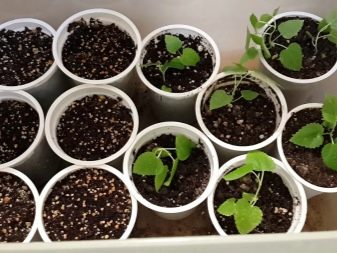
How to care?
Once planted in pots, blueberries will need regular watering. At the same time, you should only use settled and warm water for this. After germination of seeds and removal of the covering material, the crops are irrigated 2-3 times a week. In this case, the amount of liquid will depend on the volume of the pots in which the vegetation is grown.
Remember that when watering, only the top layer of the soil should be wet.
If, during persistent heat, the leaf plates wilt a little, then it is better to spray them from a spray bottle. Gardeners recommend laying sawdust and pine needles mulch on the top layer of the soil. Weed vegetation will not be able to break through them, so there will be no need to weed.
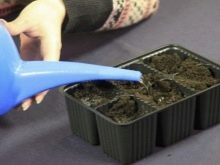

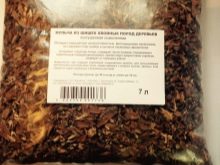
Also, blueberries will need various feeding.
It is best to use complex mineral fertilizers for such a crop. At the same time, it is not recommended to use poultry droppings and manure.
You can feed blueberries from 2-3 weeks after planting in containers. During the season, three additional dressings should be applied (the beginning of the growing season, during the formation of ovaries and after fruiting). After each application of such fertilizer, it is necessary to wash off all its residues from the leaves and stems.
If the dressing is presented in the form of granules, then they can simply be scattered over the top of the soil around the vegetation. You can also irrigate with dissolved fertilizers. In this case, the liquid should not get on the leaf plates and stems.

If the plants are grown on the sunny side, then they will not need additional lighting. Otherwise, it is better to use special phytolamps.
It is important to control the acidity level of the earth. For these purposes, it is best to use a special test indicator. If you do not observe the optimal level of acidity, then the culture will simply not bear fruit.
You can grow blueberries at home all year round.
But at the same time, you should not place pots with plants for the winter on the balconies, it is better to leave them indoors on the windowsill.
Remember that this crop is considered to be the most frost-resistant. Most gardeners do not use covering material for her during the winter.



Diseases and pests
Blueberries can suffer from various fungal diseases (rot, cancer). In case of damage, spots, brown bloom may appear on the leaves. Then they will gradually begin to dry out and fall off, the plants will not be able to give a full harvest.
In this case, all affected parts are immediately cut from the vegetation. After that, processing is carried out. It is best to use chemicals right away. The best option will be the funds "Topsin", "Fundazol".
Moreover, such treatments will need to be carried out several times at short intervals in order to achieve the effect.
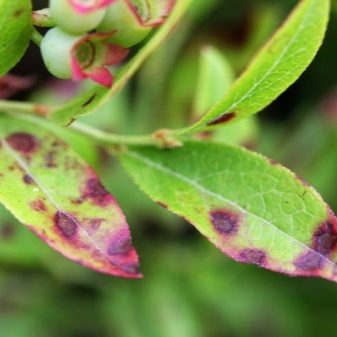

Sometimes indoor blueberries are also affected by powdery mildew. In this case, the leaves will be covered with a white bloom. Over time, they will begin to turn black. To cure plants, you should use the drug "Sulfaride".
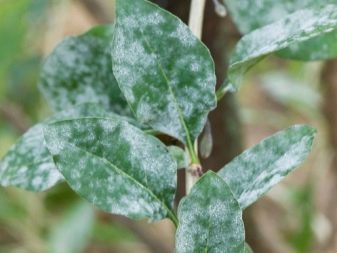

When grown at home, the culture is extremely rarely exposed to the negative effects of pests. But nevertheless, such parasites as aphids, spider mites can appear on it. They quickly suck out all the juices from blueberries, eat up young buds. To get rid of such parasites, you can use a solution of copper sulfate. It is also used for prophylaxis.
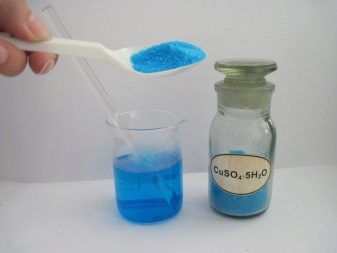
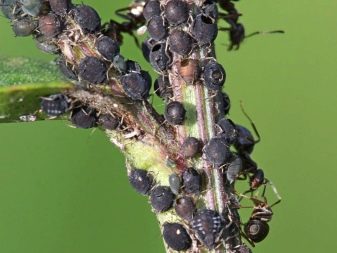
Remember to check your vegetation regularly for damage and pests.
In the spring, as a preventive measure, you can treat the culture with Bordeaux liquid. Spray with fungicides after each harvest.Remove all fallen and diseased foliage in a timely manner.

For even more helpful tips on how to grow blueberries at home, watch the following video.













The comment was sent successfully.